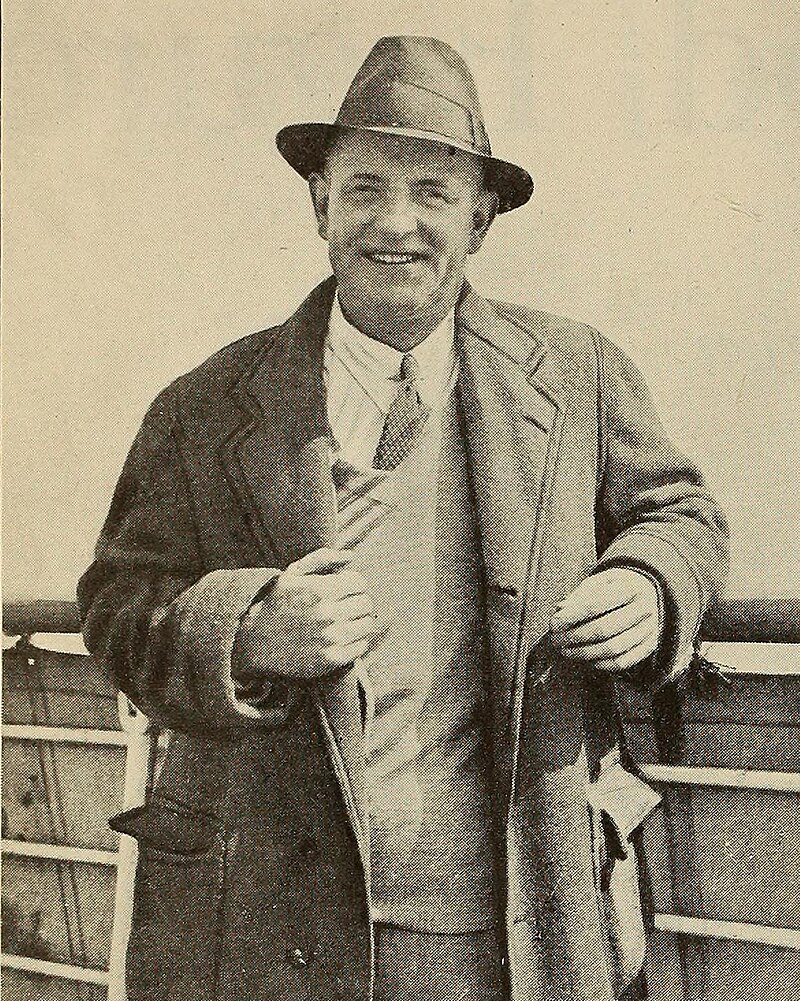
That same evening that Egil left home, Skallagrim had his horse saddled, then rode away from home when everyone else went to bed. He was carrying a fairly large chest on his knees, and had an iron cauldron under his arm when he left. People have claimed ever since that he put either or both of them in the Krumskelda marsh, with a great slab of stone on top.
Skallagrim came home in the middle of the night, went to his bed, and lay down, still wearing his clothes. At daybreak next morning, when everybody was getting dressed, Skallagrim was sitting on the edge of the bed, dead, and so stiff that they could neither straighten him out nor lift him no matter how they tried.
If you ask a saga fan which is the best saga, they’re likely to say either Egil’s or Njal’s Saga. In my case, it usually depends on which one I’ve read last. Both sagas excel in one quality you don’t expect in a medieval book – complex, layered characterization. In some ways they’re like modern novels.
But they don’t start out like novels. A novel writer tries to start with a bang, to engage the reader in the conflict from page one. Icelandic sagas are localized stories written for a localized audience. The first thing the Icelandic reader wanted to know was where the action would occur, and where in the matrix of interrelationships around him the story falls. So we start Egil’s Saga with the tale of Egil’s grandfather Thorolf, who supported King Harald Fairhair’s conquest of Norway, then fell out of favor and was finally killed by the king Then we see how Egil’s father Skallagrim relocates to Iceland (getting his vengeance along the way), and stakes his claim as one of the early settlers. Finally Egil himself appears – big and strong, ugly and soon bald, but wicked smart and the greatest of all skaldic poets.
Egil goes out as a Viking – what else could he do? – and also tries to claim his inheritance in Norway, becoming a mortal enemy to King Eirik Bloodaxe, whose son he murders. He fights as a mercenary in England (on the English side) and has the kind of set-piece side-adventures that tend to show up in sagas.
Eventually, we come to the dramatic climax of the saga – amazingly, not a battle or even a duel. It’s an act of headstrong audacity. Shipwrecked on the coast of Northumbria, Egil learns that Eirik Bloodaxe is the new king of the country. Instead of putting on a hooded cloak and making tracks, Egil heads straight for York, to beard the king in his den. Supported by his best friend, the king’s man Arinbjorn, Egil offers Eirik a proposition. In return for his life, he will compose a poem for the king so brilliant and memorable that it will secure his fame forever. When he succeeds (brilliantly), Eirik is left with no choice. To kill Egil now would shame him forever.
Make no mistake – Egil is a bad man. He’s a thief, a slave-taker, a cold-blooded killer. He cherishes his hatreds and dabbles in magic. And he doesn’t mellow as he gets older; only weakness makes him a little safer to be around.
Yet there’s pathos there as well. His poetry provides a glimpse into his heart as he mourns the friends and family he’s lost, and the injustices he’s suffered. He’s as faithful a friend as he is dangerous as an enemy. And his courage is mind-boggling. Possibly pathological (there are many theories about brain and psychological disorders he may have suffered from).
I was pretty effusive in my praise of the translation of the Vinland sagas in the collection I’m now reading, The Complete Sagas of Icelanders. I must admit I was less happy with this translation (by a different translator). I thought it erred a bit on the side of literalism, suffering the awkwardness that literal translation entails. (Stylistically, I prefer the Penguin edition.) I also noted a couple textual oddities I hadn’t remarked on before. One is name spelling. Some of the choices seem to me odd – Hakon for Håkon, for instance – it gives English reader the wrong impression about pronunciation. And Kari for Kåri – a Norwegian acquaintance once complained to me about using that spelling in The Year of the Warrior, as in modern Norwegian Kari is a woman’s name (I changed the spelling in the next volume). The orthography is oddly mixed – they use double quotation marks in the American style, but English spelling, as in “harbour.” A lot of characters’ nicknames are rendered in novel ways; I’m not sure that adds to the value of the thing.
What we have here, I think, is a scholarly translation. I still recommend the collection for its completeness, if you can afford it. But you can get Egil’s Saga in a perfectly adequate translation for much less.
In either case, I do recommend you read it.






